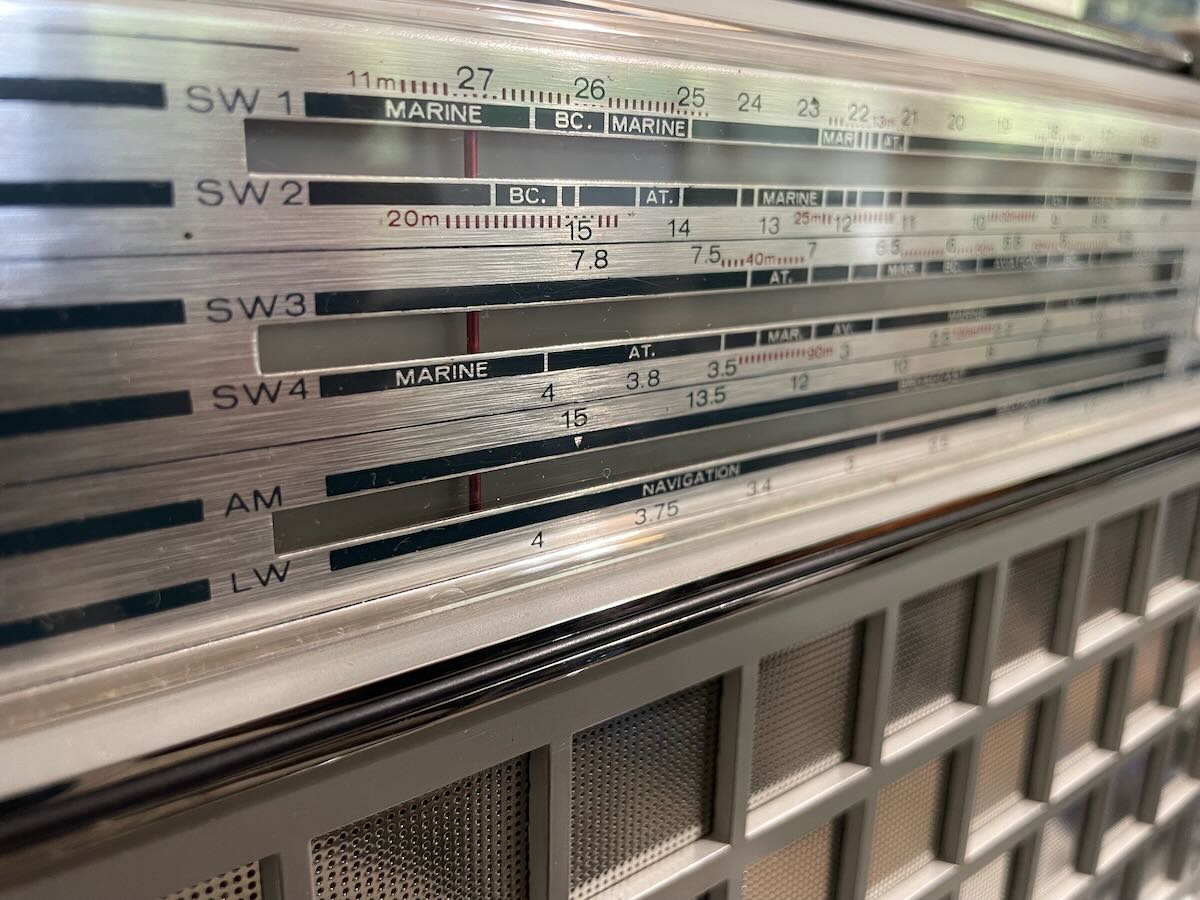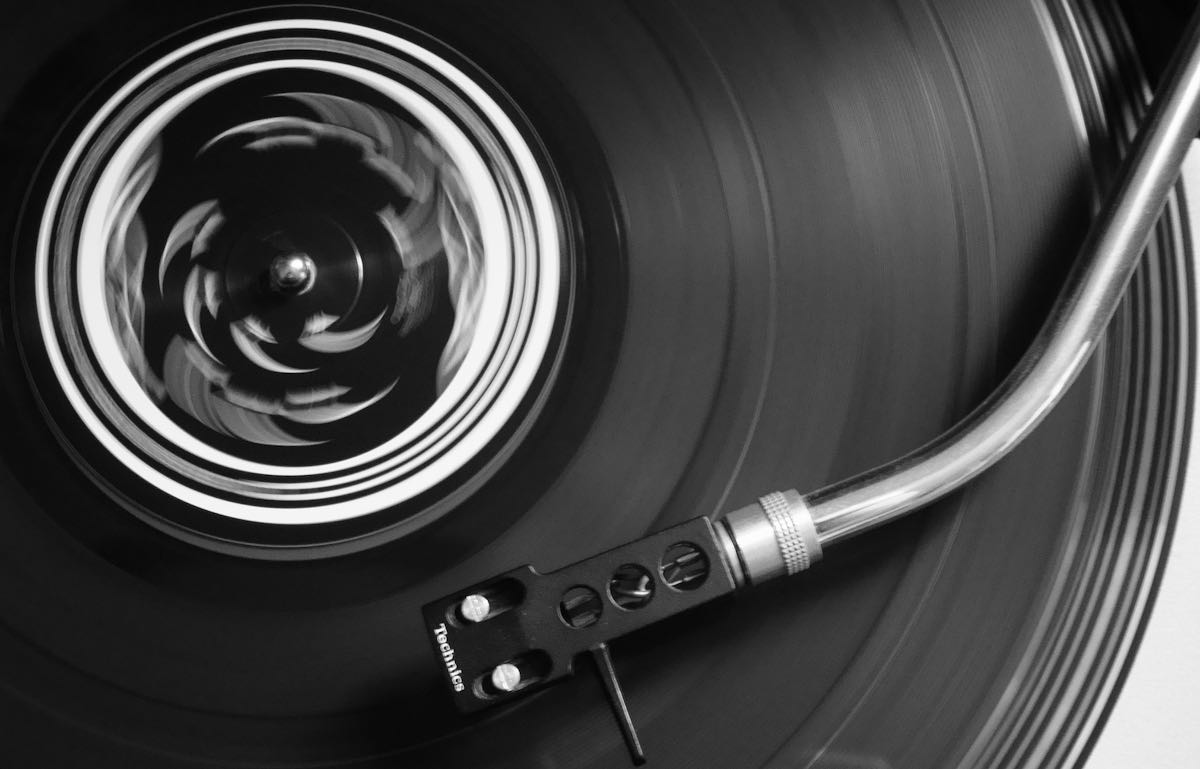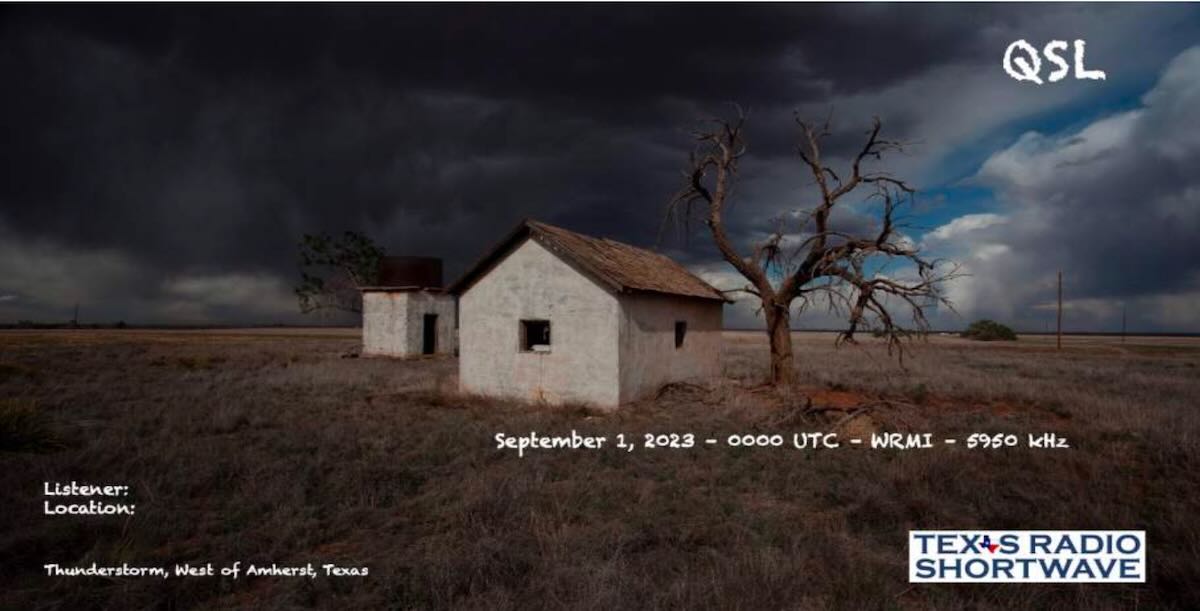 Many thanks to SWLing Post contributor, Bill Tilford, who shares the following announcement:
Many thanks to SWLing Post contributor, Bill Tilford, who shares the following announcement:
From The Isle of Music, the best cuban music program produced outside of Cuba, returns as a monthly Sunday, August 6 on WBCQ The Planet, 7490 kHz from 6pm-7pm EDT (2200-2300 UTC). It will air the first Sunday of each month, sharing the day/time with Julio Cesar Pereira’s Ginga Brasil!, which will air the second and fourth weeks, and Uncle BIll’s Melting Pot, which will air the third week. When there is a fifth Sunday in a month, that will feature Doug Feldmann’s Comedy Favorites.
This return episode of From The Isle of Music will feature selections from new recordings recognized in Cubadisco 2023.
William “Bill” Tilford, Owner/Producer
Tilford Productions, LLC
809 S. 20th ST
Lafayette, IN 47905-1551
email: [email protected]
phone: 773.267.6548
website: www.tilfordproductions.com
 Many thanks to SWLing Post contributor, Alan Roe, who shares his B-23 (version 4.0) season guide to music on shortwave. Alan provides this amazing resource as a free PDF download:
Many thanks to SWLing Post contributor, Alan Roe, who shares his B-23 (version 4.0) season guide to music on shortwave. Alan provides this amazing resource as a free PDF download:

